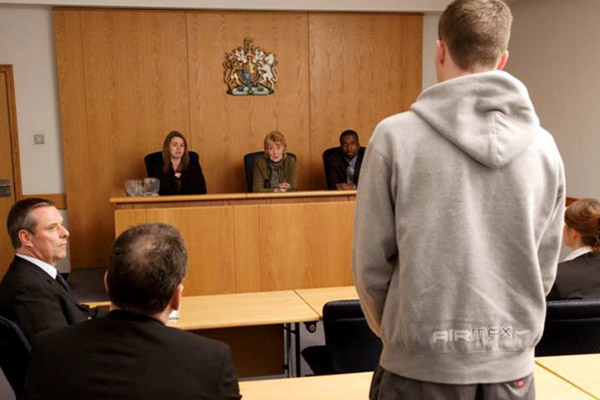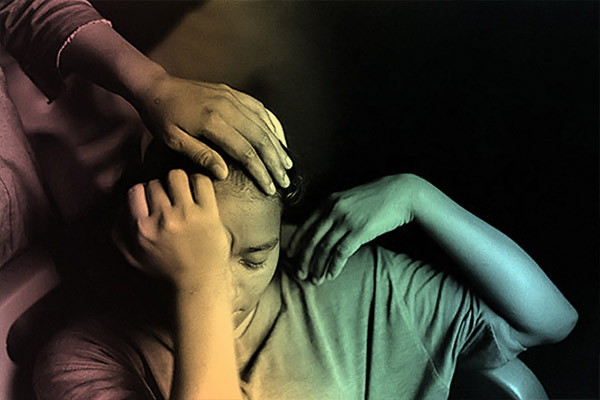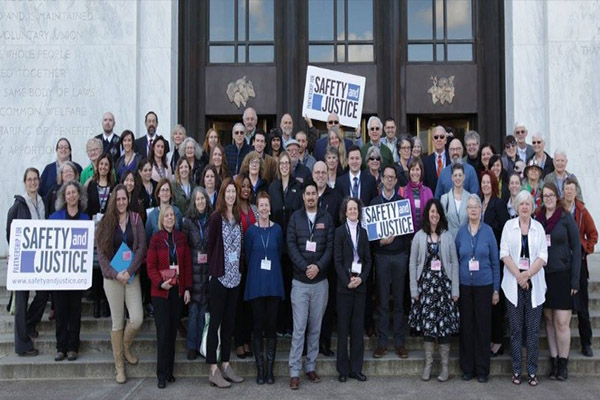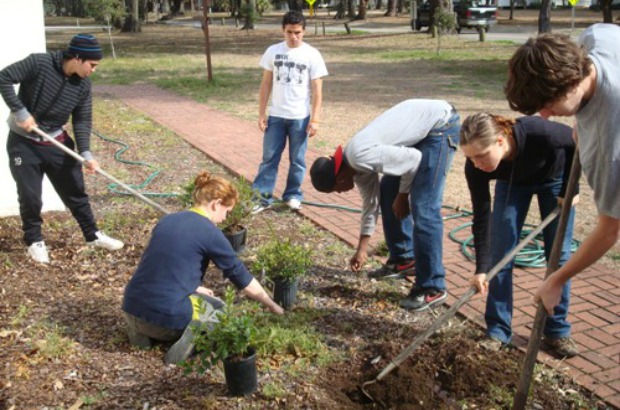
The Young Offender BENEFITS
– An opportunity to avoid a criminal record if they are successful in the program.
– Allows youth to better understand the consequences of their behavior and the chance to make amends.
– They will speak for themselves and explain the situations in their own words.
The Victims BENEFIT
-Provides an opportunity for victims to express how the crime has impacted them.
-Restitution, if applicable, may be used to help repair the harm caused.


The Families of both parties BENEFIT
– The knowledge that someone is listening and willing to help.
– Provides an opportunity for parents to seek support and access resources, information and referrals to address family difficulties.
The Whole Community Benefits
– Young Offenders learn to respect people, property and their community.
– Help create positive connections between youth and their community.
– Cost-effective and personal way to deal with minor cases.

The Youth Criminal Justice Act has decreased the level of youth incarceration because it is no longer a required consequence for many cases in which incarceration was previously imposed.
There is a very clear change in direction as well with respect to criminal justice and social values.
Previously, you might have a situation where a young person came into the court system for a relatively minor infraction but the court would also be aware that the young person was in need of social support and resources for rehabilitation. These needs could be met while incarcerated, so often, sentences were structured to meet the needs of the person as opposed to dealing with simply the sanction for that person’s conduct. Because of this, we often saw sentences that were much higher than what was called for by the person’s conduct.
The Youth Criminal Justice Act made it clear that a sentence cannot be made higher because of the social needs of the young person. It has to be in proportion to their actions only, which brings it more in line to criminal justice standards. It also says that those young people in need of social supports, unless they have committed a serious violent offence or are a repeat offender, should be streamed out of the court system into the social welfare system. This step recognizes that the criminal justice system cannot really adequately deal with social needs.
The increased use of Extrajudicial Sanctions gets us back to the values that we had perhaps a generation ago, in that it should be the community that deals with and teaches and guides young people, as opposed to the court punishing them when they have gone wrong. Like all new systems, it is a constant work in progress. As we learn more, we will be able to implement more and better ways of dealing with young people and their issues.

